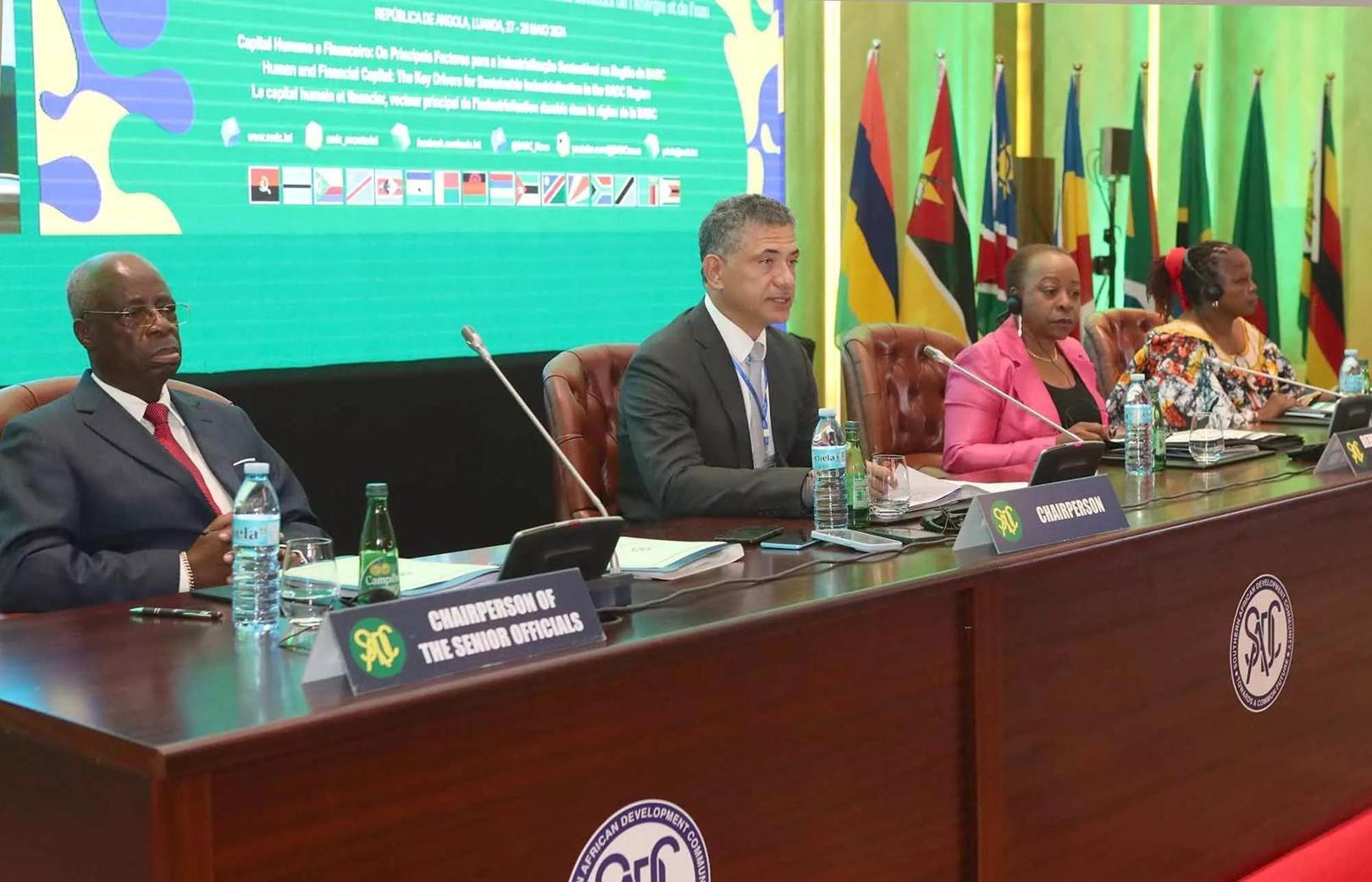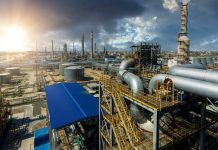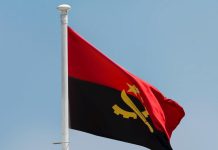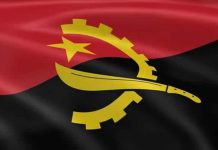Africa-Press – Angola. Angola currently has an average drinking water supply rate of 65 percent, a level that is still insufficient, according to the Minister of Energy and Water, João Baptista Borges.
Speaking to the press this Monday, on the sidelines of the opening ceremony of the joint meeting of Senior Officials and Energy and Water Officials of the Southern African Development Community (SADC), the government official acknowledged that the reality is still worrying, mainly in large cities, such as Luanda.
To change the paradigm, he reiterated that the Executive has made a significant effort to invest and build infrastructure and supply systems such as Bita, in Luanda, Kilonga, in Ndalatando, in the province of Cuanza-Norte, and two others in Saurimo, Lunda-Sul.
“As the population grows, at a rate of around 3.5% per year, water needs will increase, so investment must be continuous”, he said.
Regarding energy, he said that the main priority is to invest in the transport network and connect the central region (Benguela, Huambo and Bié) with the southern region (Huíla, Namibe, Cunene and Cuando Cubango), as well as the east (Lunda-Sul , Lunda-Norte and Moxico), with another being prepared, by 2027, for Cabinda and Soyo.
It is planned to install clean, fuel-free energy distribution systems, which will allow access to around six million people by the end of 2027.
At a regional level, he said that the aim is to facilitate interconnections with private investment, as well as trying to attract companies that want to sell energy to neighboring countries in order to reduce the deficit, which, obviously, will bring foreign exchange resources.
“The State will sell energy to be transported to neighboring countries”, he stressed.
According to João Baptista Borges, the country has taken considerable steps, whereas before the deficit was in almost the entire national territory and currently there is a surplus in energy production, however, there is still some need to do more.
For her part, the deputy executive secretary responsible for SADC integration, Angéle Makombo N’tumba, considered that the region needs an investment of 62 billion dollars to improve the energy deficit.
According to the person responsible, the investment is currently valued at around 10 billion/year.
To this end, cooperation partners are in dialogue with member states so that they can invest more and allocate budgets to ratify this situation.
The event will address common issues, such as the region’s energy deficit and some crises in member countries, which affect their economies.
The need for interconnection between countries and less polluting fuels for electrification will also be addressed at the meeting.
In the water sector, access problems were also mentioned, as this is still insufficient to meet the countries’ needs, especially to combat diseases such as cholera.
The adoption of a common strategy for managing water resources, particularly shared ones, is among the issues to be analyzed. The meeting of senior officials is also discussing and preparing critical matters for approval by the committees of ministers responsible for this sector.
These are responsible for applying technical knowledge on the issues described in the agenda adopted for the taking of appropriate decisions by ministers, to take place on the 30th of this month.
The issues to be addressed by the energy sector will include the key activity for the security of energy supply, namely, the situation of demand and supply of energy in the region, the regional progress of priority generation, the situation of cross-border connection projects, development of the sector at regional and financing proposal for transport infrastructure.
Within the water sector, the program includes the development of the 5th Regional Strategic Action Plan on Integrated Water Management and Development, the Groundwater Management Program, as well as sanitation and water management, regional cholera outbreak and drought.
For More News And Analysis About Angola Follow Africa-Press






